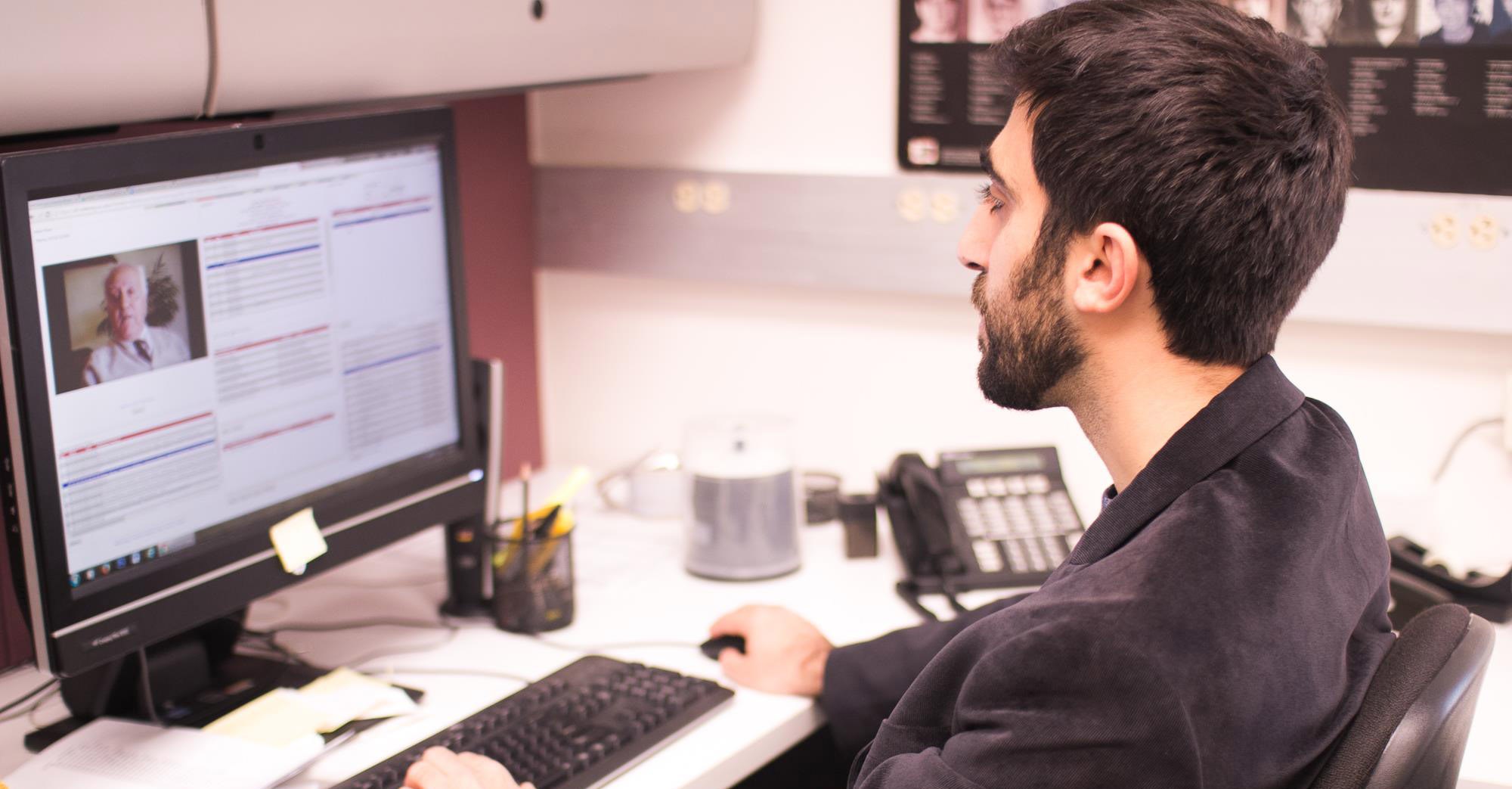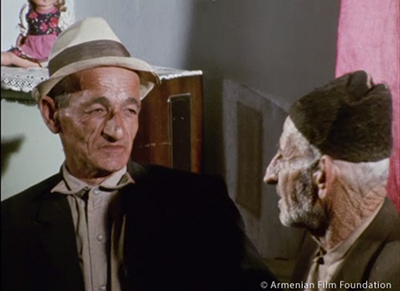Armenian Collection Translation Efforts Connect Family and Neighbors

It really is a small world after all.
When he reached some of the final Armenian Genocide Collection testimonies to be indexed, translated and subtitled into English, Armenian Genocide Collection researcher Manuk Avedikyan realized he needed some help. The testimonies he had saved for last were in rare Armenian dialects – from Mush, Musadagh (Musaler) and Kessab – that he couldn’t understand.
So, he asked his friend Garen, whose family is from Kessab, if his mother could verbally translate one of the testimonies for him. She agreed, and Avedikyan brought the testimony to her house.
After she translated the testimony, Avedikyan asked her if she would be able to translate another in the Musadagh dialect, due to its similarities with the Kessab dialect and the interview was filmed in the village of Anjar, in Lebanon, where she used to live during a part of her youth.
Although she couldn’t quite understand the entire interview, her son deciphered a part of a conversation and was surprised to hear the interviewee mention the family name of a mutual friend of his and Avedikyan’s, Hovannes Zeithlian. Avedikyan sent Zeithlian the testimony and asked him to listen to it, which he did.
 Manuel Koojanian and Garabed Domanian in the testimony about the 1915 Musadagh resistance
Manuel Koojanian and Garabed Domanian in the testimony about the 1915 Musadagh resistanceAfter discovering the testimony about his great-grandmother, Zeithlian was so excited that he translated the whole tape with the help of his father.
The coincidences didn’t stop there. That same man who mentioned the Zeithlians’ great-grandmother turned out to be the family’s next-door neighbor back in Anjar, Lebanon. Another interview of a survivor that was filmed in Kessab that Avedikyan showed his friend Garen ended up being a relative of theirs from Kessab.
“We found their grandmother, a relative, and their neighbor all in one hour,” Avedikyan said. “It’s so unexpected.”
Discovering and translating rare dialects has been an unexpected bonus of the Armenian Genocide Collection. USC Shoah Foundation didn’t know such testimonies were part of the collection when it partnered with the Armenian Film Foundation to integrate the collection into the Visual History Archive, but translating them and making them available to the public is a unique opportunity.
A small number of people do still speak these dialects, but the languages are not well-known or preserved, Avedikyan said. The Syrian civil war also threatens the communities where native speakers live.
“These people [in Kessab and Musadagh] are not going through easy times,” Avedikyan said. “These are rare dialects and the fact that this collection has a plethora of these different dialects shows the linguistic wealth of this collection, the unintended linguistic wealth.”
The English subtitles for the non-English testimonies in the Armenian Genocide Collection are expected to go live in the Visual History Archive in February 2017.